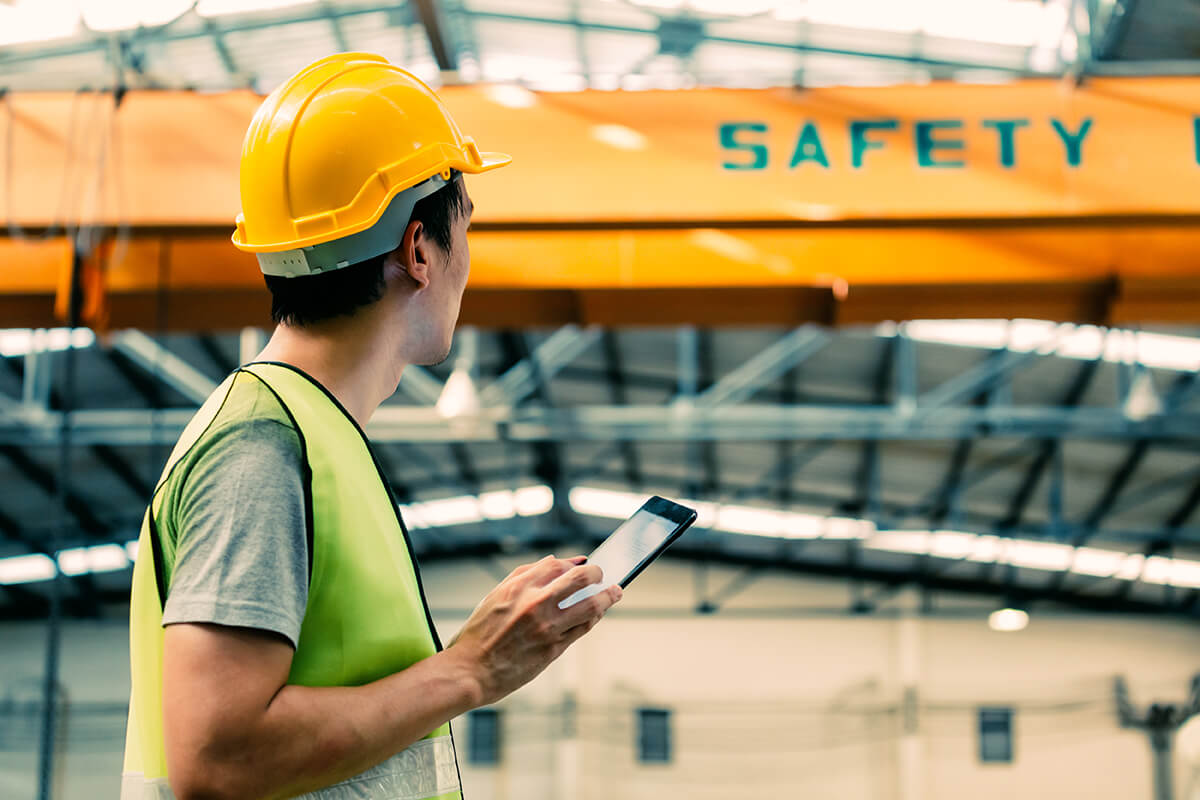The workplace safety sphere has seen significant changes in the past few months. The hard reality can be troubling; front-line workers are now at risk of facing health problems the world is only just learning to combat. The anxiety surrounding job security and stability spans the globe, and constant structural adjustments have been made in companies in all industries to endure the COVID-19 pandemic.
For occupational safety and health professionals, this has meant a renewed interest and value in keeping workers safe. While all of us continue to adjust to the changes to our world in 2020, here are four workplace safety trends to watch for in 2021.
1. Reinforcing Organizations’ Safety Culture
Safety culture refers to the importance an organization attributes to following health and safety guidelines and how this emphasis is felt in its operational schedules and practices. For a strong safety culture, an organization must engage its front-line workers to complete safety activities as often as possible.
According to a paper published by eCompliance, building a high-participation safety culture relies heavily on leadership quality and a willingness to prioritize health and safety. Leaders should encourage transparency to ensure that management relays what occurs on the front lines, from incidents to safety scares.
2. Incorporating Smart PPE
Personal protective equipment is essential in ensuring that working professionals, particularly in the construction and engineering industries, face the lowest-possible health risk at work. With the current pandemic, protective wear should also minimize human contact between essential workers and the people for whom they care.
The latest trends in industrial safety include smart PPE and gear that can monitor their wearer's health by collecting important data. That health data can include their blood pressure, steps walked, heart rate, blood oxygen levels, sweat levels, and vital signs. In 2021, manufacturing and health care workers are hoping that PPE wear will also monitor workers' fatigue and alertness. This will allow managers to create schedules and propose breaks more efficiently.
3. Adopting a Holistic View to Health and Wellness
The emotional impact of COVID-19 on workers, who were no longer able to guarantee the financial stability of their families or be certain of the longevity of their careers, is undeniable. The transition to virtual operations for others was highly challenging, and the return to the office can be just as chaotic.
This has called for a shift in our perception of health and wellness, beyond physical needs to psychological, emotional and social ones. The National Institute for Occupational Safety and Health recently came up with the Total Worker Health concept which aims to prioritize the holistic well-being of working professionals. This has been an emerging trend in years past, but never has it been so essential.
In 2021, we may see this concept adopted by plenty of organizations worldwide to compensate for the sizable emotional, psychological and physical strain the COVID-19 pandemic has placed on their workers and the lasting impacts of the trauma they’ve experienced.
Related: Why Stress is a Workplace Safety Issue
4. Using Safety Data to Produce Predictive Analytics
In 2021, it will be crucial for all businesses to use their safety data to perform predictive safety modeling. This modeling will aim to anticipate potential safety hazards and establish which conditions increase the occurrence of incidents.
To remain competitive, companies will employ more and more of such machine-learning-dependent safety software and attempt to stop accidents in their tracks before they occur; however, predictive analytics are only as reliable as the data they are based on. This year will see an emphasis on quality safety data-gathering. Professionals trained in occupational safety and health will need to be versed in the recording and analyzing of this data, as the safety of the workforce and market may soon depend on it.
Prepare for Your Own Resiliency
Many of us are looking ahead to 2021 as an opportunity to rebuild an economy deeply shaken by the COVID-19 pandemic. Adapting to the new health and safety risks that professionals face at work requires adopting a holistic approach to wellness and embracing the workplace safety trends that protect us.
At Columbia Southern University, our occupational safety and health degree programs are taught by industry experts, and our bachelor’s and master’s degree programs are recognized by the Board of Certified Safety Professionals as Graduate Safety Practitioner® Qualified Academic Programs.
To learn more about online degree programs that will help you meet the safety needs of today’s workplace, visit our website or call us at 877-347-6050.




